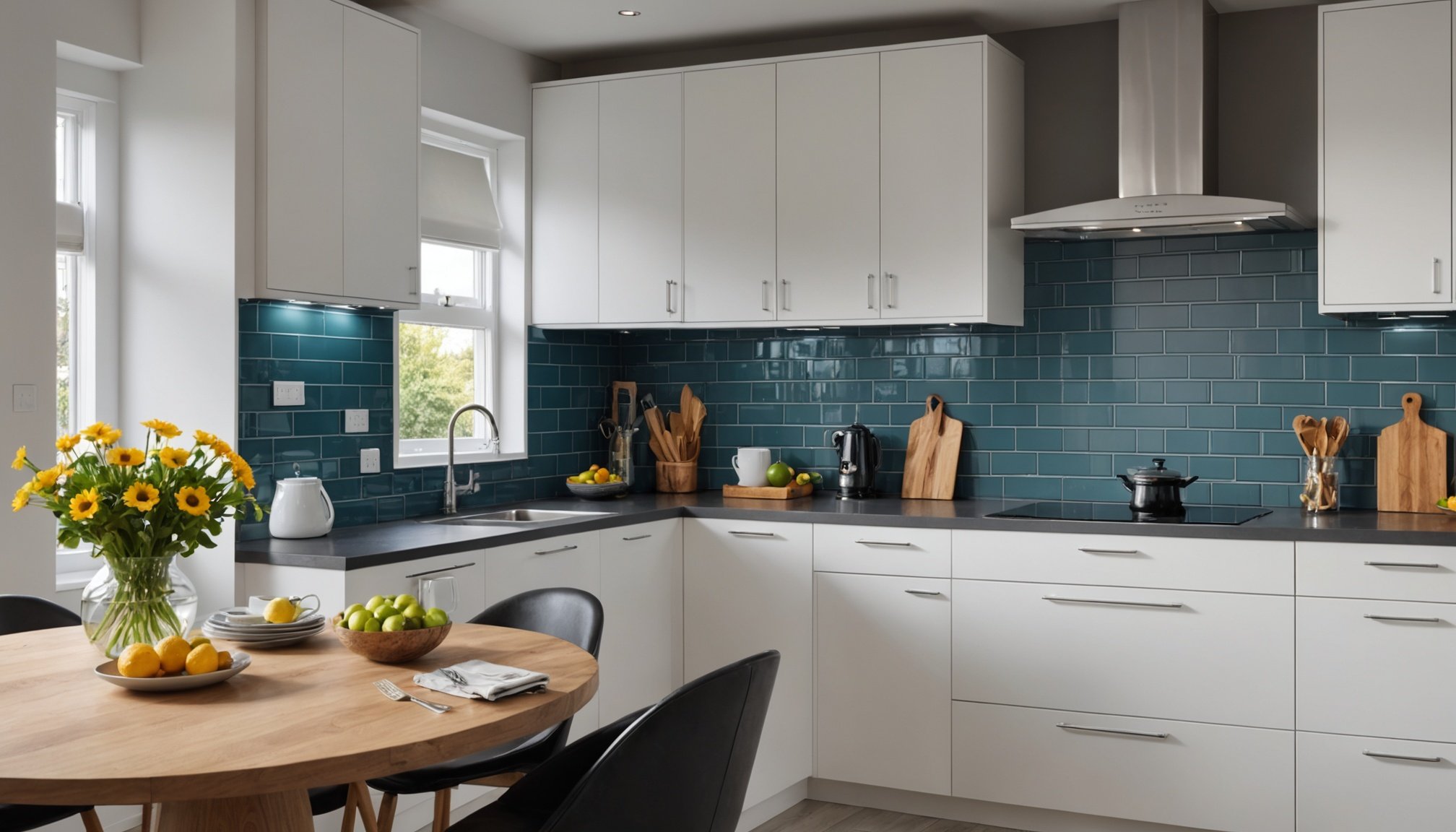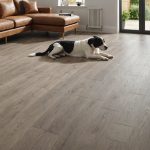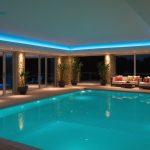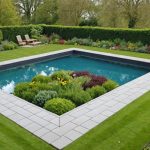Overview of Kitchen Backsplash Materials
Choosing the right kitchen backsplash materials is pivotal in balancing functionality and aesthetics within the heart of your home. A well-selected material not only protects your kitchen walls but also enhances the overall design, creating an inviting and cohesive space. This decision can significantly influence the durable finishes and longevity of your kitchen’s design.
In the UK market, several popular options cater to diverse tastes and needs. Ceramic tiles lead the way due to their affordability and ease of maintenance, making them a staple for those prioritising practicality. For those drawn to elegance and sophistication, glass tiles offer a sleek, reflective surface that amplifies natural light. Natural stone, such as marble or granite, presents luxurious textures but requires sealing to maintain its pristine appearance.
Also read : Essential Insights for Seamlessly Adding a Mezzanine to Your UK Loft Conversion
Current trends in aesthetic options highlight bold patterns and vibrant colours, appealing to homeowners looking to personalise their spaces. Minimalist designs featuring monochromatic hues and understated elegance are also gaining traction, reflecting broader trends in modern interiors. As consumer tastes evolve, the focus is on finding a balance between traditional elements and contemporary flair that suits individual preferences while maintaining functionality.
Tile Backsplashes
Incorporating tile backsplashes into a kitchen design offers a myriad of benefits. Tile is incredibly versatile, accommodating various styles and preferences. Both ceramic tiles and porcelain tiles are popular choices, each bringing unique advantages.
Topic to read : Essential Features for Crafting Your Zen-Inspired Bedroom Retreat in the UK
Ceramic tiles are known for their ease of installation and diverse range of designs. They are ideal for homeowners who prioritise aesthetic variety. On the other hand, porcelain tiles boast superior durability, making them a prime option for areas that endure heavy use. They are more resistant to moisture and stains, which enhances their longevity in a kitchen setting.
When deciding between ceramic and porcelain, consider both design and durability. While ceramic tiles allow for a plethora of patterns and colours, porcelain tiles deliver exceptional resilience. This makes them suitable for both modern and traditionally styled kitchens.
Installation of tile backsplashes involves precise measuring and cutting, which is essential for a seamless finish. Ensuring proper sealing of tiles can prevent moisture penetration, enhancing their lifespan.
Maintenance is straightforward – regular wiping with a damp cloth suffices. However, periodic grout cleaning is necessary to prevent staining. By selecting the appropriate tiles and performing regular maintenance, you can enjoy a pristine and visually appealing kitchen backsplash for years.
Glass Backsplashes
Glass backsplashes offer a modern and sleek appearance, making them appealing options for many kitchens. Their shiny surface reflects light, which can help small spaces feel larger and more open. Available in a wide range of colours and patterns, glass backsplashes provide versatile design options. From frosted to clear glass, each style can contribute to a unique kitchen aesthetic, catering to various tastes and preferences.
Additionally, glass is a durable material that is resistant to stains and heat, perfect for a kitchen environment. Unlike porous materials, glass does not absorb grease or food particles, making it more hygienic and easier to maintain.
To fully enjoy the benefits of a glass backsplash, attention to cleaning tips is essential. Fingerprints and smudges can appear prominently on glass, necessitating regular cleaning for an immaculate look. A mixture of mild detergent and warm water, applied with a soft cloth, can effectively remove dirt and grime without scratching the surface. For added shine, a glass cleaner or vinegar solution will keep the backsplash looking pristine. Avoid abrasive scrubbers to prevent damage and preserve the glass’s polished finish.
Metal Backsplashes
Metal backsplashes offer a distinct industrial style appeal, providing a fusion of function and aesthetics to any kitchen. The reflective surface of these backsplashes can add depth and character to a variety of kitchen designs, making them a popular choice for modern homes.
Overview of Metal Backsplashes
Metal backsplashes are available in numerous materials, with stainless steel and aluminum options being the most common. These materials are not only visually appealing but also incredibly durable, resisting heat and stains remarkably well.
Analysis of Different Metals
Stainless steel is praised for its sleek, contemporary look. It’s resistant to rust and corrosion, which makes it an excellent choice for high-humidity areas such as kitchens. On the other hand, aluminum options provide a lightweight alternative, often with a more matte finish, lending a different aesthetic compared to the glossy appearance of stainless steel.
Installation Challenges and Maintenance Tips
Installation of metal backsplashes can present a few challenges. For instance, the precision required to cut and fit these materials might necessitate professional assistance. Maintenance, however, is straightforward; regular cleaning with mild soap and water helps preserve their shine. Avoid abrasive materials, as they may scratch the surface, detracting from their industrial allure.
Stone Backsplashes
When it comes to kitchen and bathroom designs, stone backsplashes offer a unique blend of elegance and functionality. Exploring different natural stone options such as granite, marble, and slate can significantly enhance the visual appeal of these spaces. Granite, prized for its durability, is a popular choice for high-traffic areas, boasting an array of colours and patterns. Marble, with its timeless allure and smooth finish, lends a touch of luxury, while slate provides a more earthy and rustic vibe.
The advantages of stone backsplashes are not just skin-deep. Their inherent durability makes them resistant to heat, stains, and scratches, making them a practical option for, say, cooking enthusiasts who spend considerable time in the kitchen. Additionally, each stone variant has its unique pattern, ensuring no two installations are identical—truly unique aesthetics.
To ensure longevity and maintain the fresh look of your stone surfaces, appropriate care is essential. Regular cleaning with mild, non-abrasive cleaners and periodic sealing can help protect against moisture and etching. It’s also advisable to quickly deal with any spills to prevent stains, especially on porous stone varieties. Ultimately, quartz choices can be considered for those seeking a low-maintenance alternative with a similarly elegant appearance.
Comparison of Material Types
Choosing the right materials involves weighing several factors, primarily durability, maintenance, and cost. In a materials comparison, understanding these aspects can significantly impact your decision-making process. Each type of material offers distinct durability ratings and maintenance levels, which play essential roles in ensuring long-term satisfaction.
Cost analysis reveals that some materials may seem more expensive initially. However, when considering their longevity and low maintenance, they could prove more economical over time. On the other hand, cheaper materials might incur higher maintenance costs, negatively affecting your overall budget. Thus, a prudent analysis of initial and ongoing costs is crucial.
Consider the pros and cons: durable but costly materials like stone need minimal maintenance, whereas affordable options like wood may require regular upkeep to maintain their appearance. Each material has unique strengths and weaknesses based on your specific needs and environment.
Real-life examples highlight successful choices based on these factors. For instance, in regions prone to moisture, selecting tiles over wood can minimize maintenance, providing both cost savings and increased durability. Therefore, careful consideration of these elements ensures the materials chosen truly align with the intended use and environment, balancing cost with quality and durability.
Installation Tips and Best Practices
Installing a backsplash can elevate your kitchen’s aesthetics and functionality. Here’s a concise guide to help you master this task:
Step-by-Step Guide
-
Preparation: Start with measuring your area accurately. Clean the wall thoroughly to ensure the adhesive sticks properly.
-
Material Selection: Choose your preferred backsplash material, whether it’s tile, stainless steel, or glass. Each has its own installation nuances.
-
Adhesive Application: For tiles, apply the adhesive evenly using a trowel. Press each tile into place, maintaining even spacing with spacers.
-
Grouting and Sealing: Once the adhesive sets, apply grout. Sealing might be necessary depending on your material choice to prevent moisture infiltration.
Common Mistakes to Avoid
- Uneven Surfaces: Make sure the wall is smooth and even before starting.
- Incorrect Measurements: Always double-check measurements to avoid material wastage.
- Insufficient Adhesive: Not applying enough adhesive can cause tiles to loosen over time.
When to Hire a Professional
For complex materials like intricate mosaic tiles or if structural modifications are needed, expert advice becomes crucial. Simple DIY tips suffice for straightforward, small-scale projects, ensuring cost-effectiveness and personal satisfaction. However, professionals offer precision and can provide warranty-backed results, essential for high-end kitchens.
Trends and Style Inspirations
Exploring kitchen design trends in the UK reveals an exciting landscape characterized by modern aesthetics and unique style inspirations. Among the standout elements increasing in popularity are innovative backsplashes, which play a crucial role in reimagining kitchen spaces with contemporary flair.
Modern backsplashes have become central in achieving striking modern aesthetics. Current trends lean towards bold and adventurous designs, incorporating materials like glass, stainless steel, and intricately patterned tiles. This infusion of diverse materials enhances visual appeal and introduces a touch of sophistication.
Blend of Materials
A blend of materials in kitchen backsplashes has emerged as a powerful tool for creating a distinctive look. Combining natural stones with sleek metals or textured tiles with polished glass can yield stunning results that are both practical and aesthetically pleasing. This layering of elements not only augments the kitchen’s visual interest but also echoes broader thematic trends towards layered textures and contrasts.
To envision how these trends manifest in real-world contexts, imagine a rustic kitchen adorned with a stainless steel backsplash, which provides an unexpected yet harmonious style juxtaposition. Such visual examples underline the potential of chic backsplashes to transcend mere utilitarian function, acting instead as defining style elements that uplift and transform kitchen designs.











